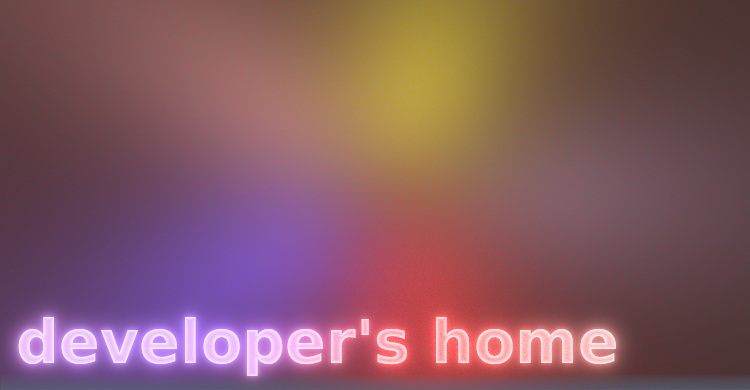1. Introduction to SMS Messaging
1.1. What is SMS (Short Message Service)?
SMS stands for Short Message Service. It is a technology that enables the sending and receiving of messages between mobile phones. SMS first appeared in Europe in 1992. It was included in the GSM (Global System for Mobile Communications) standards right at the beginning. Later it was ported to wireless technologies like CDMA and TDMA. The GSM and SMS standards were originally developed by ETSI. ETSI is the abbreviation for European Telecommunications Standards Institute. Now the 3GPP (Third Generation Partnership Project) is responsible for the development and maintenance of the GSM and SMS standards.
As suggested by the name "Short Message Service", the data that can be held by an SMS message is very limited. One SMS message can contain at most 140 bytes (1120 bits) of data, so one SMS message can contain up to:
160 characters if 7-bit character encoding is used. (7-bit character encoding is suitable for encoding Latin characters like English alphabets.)
70 characters if 16-bit Unicode UCS2 character encoding is used. (SMS text messages containing non-Latin characters like Chinese characters should use 16-bit character encoding.)
SMS text messaging supports languages internationally. It works fine with all languages supported by Unicode, including Arabic, Chinese, Japanese and Korean.
Besides text, SMS messages can also carry binary data. It is possible to send ringtones, pictures, operator logos, wallpapers, animations, business cards (e.g. VCards) and WAP configurations to a mobile phone with SMS messages.
One major advantage of SMS is that it is supported by 100% GSM mobile phones. Almost all subscription plans provided by wireless carriers include inexpensive SMS messaging service. Unlike SMS, mobile technologies such as WAP and mobile Java are not supported on many old mobile phone models.
1.2. Concatenated SMS Messages / Long SMS Messages
One drawback of the SMS technology is that one SMS message can only carry a very limited amount of data. To overcome this drawback, an extension called concatenated SMS (also known as long SMS) was developed. A concatenated SMS text message can contain more than 160 English characters. Concatenated SMS works like this: The sender's mobile phone breaks down a long message into smaller parts and sends each of them as a single SMS message. When these SMS messages reach the destination, the recipient mobile phone will combine them back to one long message.
The drawback of concatenated SMS is that it is less widely supported than SMS on wireless devices.
1.3. EMS (Enhanced Messaging Service)
Besides the data size limitation, SMS has another major drawback -- an SMS message cannot include rich-media content such as pictures, animations and melodies. EMS (Enhanced Messaging Service) was developed in response to this. It is an application-level extension of SMS. An EMS message can include pictures, animations and melodies. Also, the formatting of the text inside an EMS message is changeable. For example, the message sender can specify whether the text in an EMS message should be displayed in bold or italic, with a large font or a small font.
The drawback of EMS is that it is less widely supported than SMS on wireless devices. Also, many EMS-enabled wireless devices only support a subset of the features defined in the EMS specification. A certain EMS feature may be supported on one wireless device but not on the other.
| Page 1 of 65 | Next Page |
- 1. Introduction to SMS Messaging
- 2. What Makes SMS Messaging So Successful Worldwide?
- 3. Example Applications of SMS Messaging
- 4. What is an SMS Center / SMSC?
- 5. Basic Concepts of SMS Technology
- 6. Intra-operator SMS Messages
- 7. Inter-operator SMS Messages
- 8. International SMS Messages
- 9. What is an SMS Gateway?
- 10. How to Send SMS Messages from a Computer / PC?
- 11. How to Receive SMS Messages Using a Computer / PC?
- 12. Introduction to GSM / GPRS Wireless Modems
- 13. How to Use Microsoft HyperTerminal to Send AT Commands to a Mobile Phone or GSM/GPRS Modem?
- 14. Introduction to AT Commands
- 15. General Syntax of Extended AT Commands
- 16. Result Codes of AT Commands
- 17. AT Command Operations: Test, Set, Read and Execution
- 18. Testing the Communication between the PC and GSM/GPRS Modem or Mobile Phone
- 19. Checking if the GSM/GPRS Modem or Mobile Phone Supports the Use of AT Commands to Send, Receive and Read SMS Messages
- 20. Operating Mode: SMS Text Mode and SMS PDU Mode
- 21. Setting or Reading the Service Center Address / SMSC Address (AT+CSCA)
- 22. Preferred Message Storage (AT+CPMS)
- 23. Writing SMS Messages to Memory / Message Storage (AT+CMGW)
- 24. Deleting SMS Messages from Message Storage (AT+CMGD)
- 25. Sending SMS Messages from a Computer / PC Using AT Commands (AT+CMGS, AT+CMSS)
- 26. Reading SMS Messages from a Message Storage Area Using AT Commands (AT+CMGR, AT+CMGL)
- 27. Appendix A: How to Choose an SMS Service Provider (SMS Gateway Provider, SMS Reseller, SMS Broker)?
- 28. Appendix B: Comparison Table of SMS Service Providers (SMS Gateway Providers, SMS Resellers, SMS Brokers)
- 29. Appendix C: Free Software/Tools and Libraries for Sending and Receiving SMS Messages with a Computer / PC
- 30. Appendix D: GSM 7-bit Default Alphabet Table (with Character Codes of ISO 8859 Latin 1)

